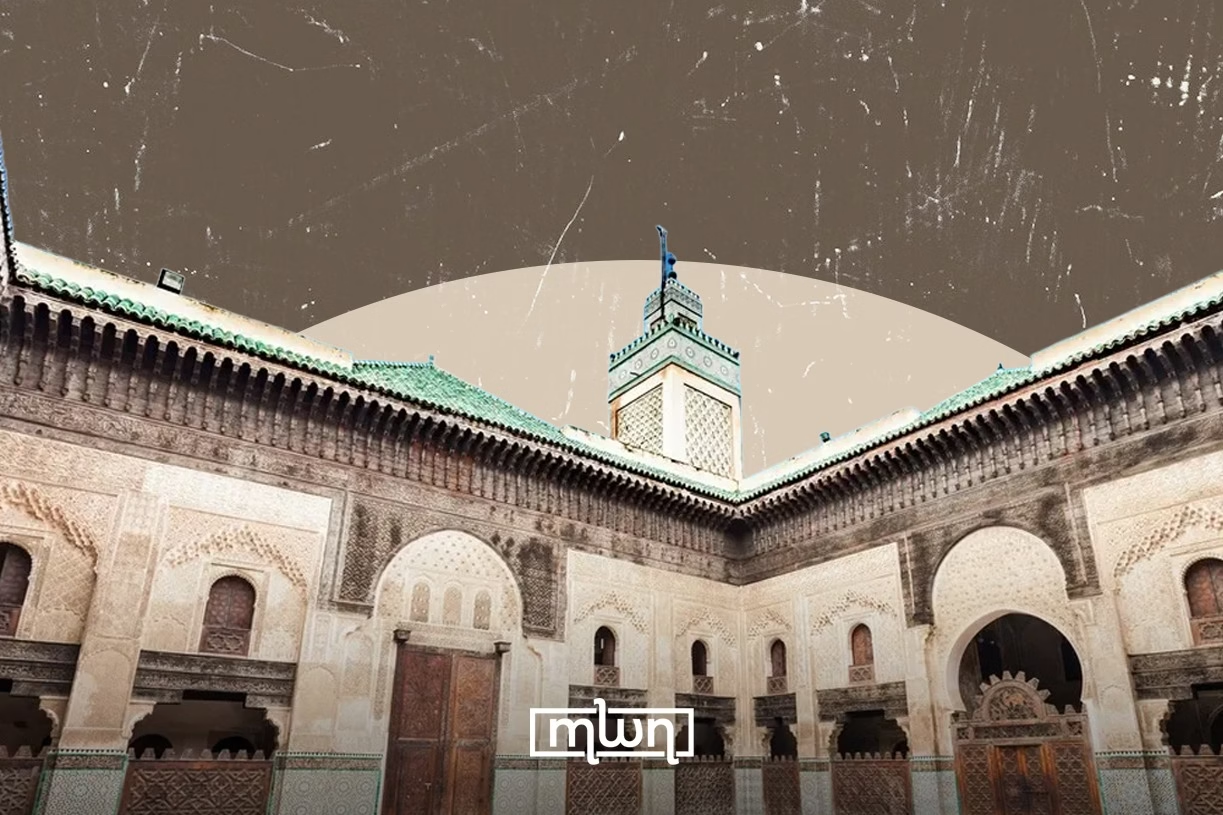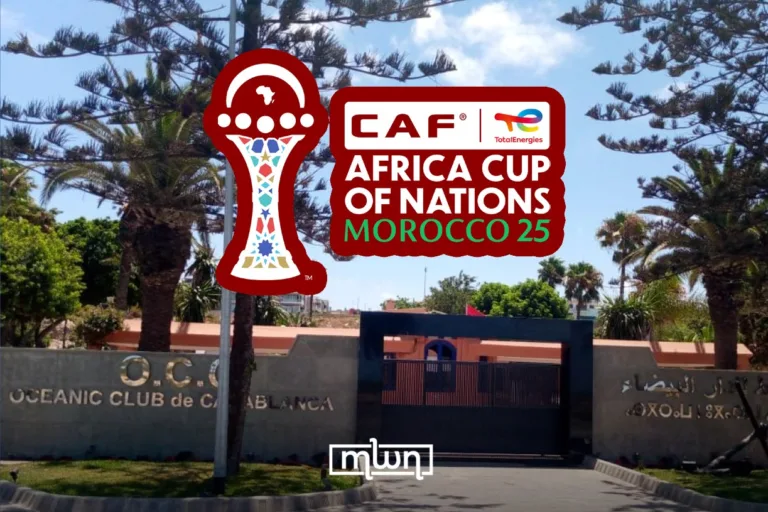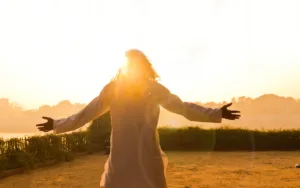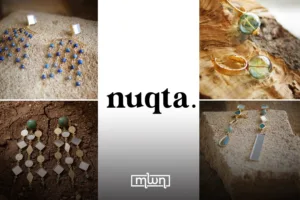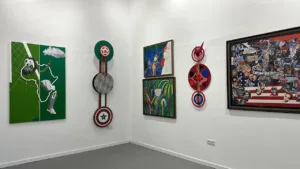Tucked inside the chaos of Fez lies a place where silence once meant scholarship.
Fez – Tucked into the heart of Fez’s medina, the Bou Inania Madrasa isn’t just an old building, it’s a symphony of form, function, and faith.
Built in the 14th century under the rule of Sultan Abu Inan Faris, this architectural gem is a masterclass in how to blend spiritual purpose with aesthetic brilliance.
The Courtyard: A light-filled living heart
The centerpiece of the madrasa is its grand square courtyard, each side stretching 18 meters.
Open to the sky, it lets natural light flood the space, creating a serene, almost divine atmosphere.
The floor is a mosaic of traditional Moroccan “zellij,” alive with geometric patterns.
At the center sits a marble fountain, used for ablution, yes, but also to ground the space in beauty and calm.
This wasn’t just an empty space; it was the madrasa’s soul, where students gathered to study, discuss, and reflect.
The mosque: where prayer and knowledge meet
Serving both spiritual and academic functions, the mosque hosted daily prayers, Friday sermons, and lessons.
Its “mihrab” (prayer niche) is adorned with carved plaster, wood, and Quranic verses in Kufic script.
A stunning cedarwood “minbar” (pulpit), intricately carved and now housed in the Batha Museum, bears an inscription honoring Sultan Abu Inan.
The mosque’s dome, sitting over the main prayer area, completes this sacred space with quiet grandeur.
The Minaret
Like all Moroccan minarets, the Bou Inania’s is square and elegantly decorated with zellij and plasterwork inspired by Islamic art.
Tall enough to watch over the old city, it wasn’t built just for show, its height amplified the muezzin’s call, reaching even the farthest corners of the medina.
Classrooms
Two main classrooms, each beneath a hand-carved wooden dome, provided space for both religious and scientific education.
Their walls and ceilings are a canvas of intricate plaster and woodwork, proof of the deep respect Moroccan artisans had for both craftsmanship and knowledge.
Student Rooms
Small, humble cells, some overlooking the courtyard, others tucked away, once housed students who devoted their days to learning.
Their carved wooden doors still whisper the quiet discipline of generations past.
The water clock
One of the oldest and most complex water clocks in the Islamic world once operated here.
Designed by a Moroccan astronomer, it regulated prayer times through a system of water flow.
Known as “al-miqana” or “al-manqala,” it was tragically lost to time after the decline of the Marinid dynasty.
As the scholar Leo Africanus tells it, Sultan Abu Inan was so awed by the final result that when handed the construction budget, he tore it up and tossed it into the stream below, reciting:
“Perfection is priceless when beauty is complete.”
The Bou Inania Madrasa is a living relic of Morocco’s golden age of science, faith, and art.
A true intersection of sacred purpose and architectural excellence.
Read also: Moroccan Legends: Why Our Myths Still Matter

